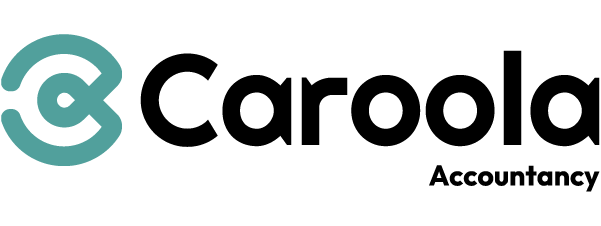How to read a company balance sheet
If you are a limited company director, your business must file annual accounts each year with Companies House. Your accounts are made up of different sections, but one of the most important ones is the balance sheet.
Essentially, the balance sheet summarises everything that your company owns – referred to as ‘assets’ – as well as the money it owes (called ‘liabilities’) and the money it is owed.
In this article, we explain what these different terms mean to help you get your head around the topic.
What is a company balance sheet?
A company balance sheet is a summary of your company’s financial position, tallying all the assets your business owns, which includes any money owed to you and what you owe (referred to as liabilities).
As businesses can own a lot of assets, they’re broken down into broader categories to make it easier to sort through them in annual accounts. So, your assets are considered either fixed or current.
Fixed refers to long-term assets, which won’t be sold or otherwise disposed of within the next financial year. Current assets are short-term, meaning they are sold or disposed of within the next financial year.
Your liabilities are broken down in the same way, and these are referred to as your current and non-current liabilities. Subtracting your total liabilities from your total assets will give you an equity figure.
Fixed assets
Fixed assets are the things that have a long useful life, and that you expect to keep hold of beyond the end of a financial year. They’re also referred to as non-current or capital assets.
This could include equipment that you use in your day-to-day work and any other fixtures or fittings in your workplace that have a useful lifespan.
So for contractors and freelancers, your fixed assets are likely to be things such as your laptop or computer, and printers and other accessories, for example. For other types of businesses – a coffee shop, say – then the point-of-sales system, coffee machines and roasting equipment would be considered fixed assets.
Current assets
Current assets are those which you expect to dispose of within the coming financial year.
This includes the cash you have ready access to – cash in the till for retailers, and in the business current account, too – and the things that you’ll use throughout the course of the year, like office supplies: paper, stationery and so on.
Using a coffee shop as an example, things like coffee beans and paper takeaway cups would be considered current assets.
Creditors: amounts falling due within one year
The liabilities that you expect to pay within one year are referred to as ‘amounts falling due within one year’ and are typically considered short-term costs. You might also hear them referred to as current liabilities.
This will be things like your broadband bill, monthly software subscriptions and utility bills, for example.
Creditors: amount falling due after one year
Any liabilities that extend beyond the end of the financial year are referred to as non-current liabilities. Rather than short-term running costs – such as utility bills – liabilities in this bracket are longer-term debts.
In real terms, that means things like mortgages or long-term bank loans that you’ve taken out to finance your growth.
Called up share capital
Called-up share capital refers to shares that have been issued to a buyer or investor, but where payment is deferred, either to be made in full at a later date, or across several payments.
Profit and loss account
Alongside your balance sheet, your annual accounts will also need to include a profit and loss account. This will total up your sales and running costs and deduct them from your turnover. This will leave your business with either a profit or a loss figure for that year.
In summary, submitting your annual accounts (also called statutory accounts) is one of your responsibilities if you are a limited company director. If you’re looking for support with your annual accounts, our team of experts can help.
Caroola offers all-inclusive, fixed-fee accountancy packages for whatever stage of the journey you’re at. To learn more about how we can support your business, please request a callback and one of the team will be in touch.
Let's talk!
Interested in finding out more? Speak with our expert Sales Team to see how we can work together.
Here's how you can get in touch...
Existing client?
If you're already a client of ours, you can speak to your dedicated accountant directly.
Alternatively, call us on 03330 342 480



